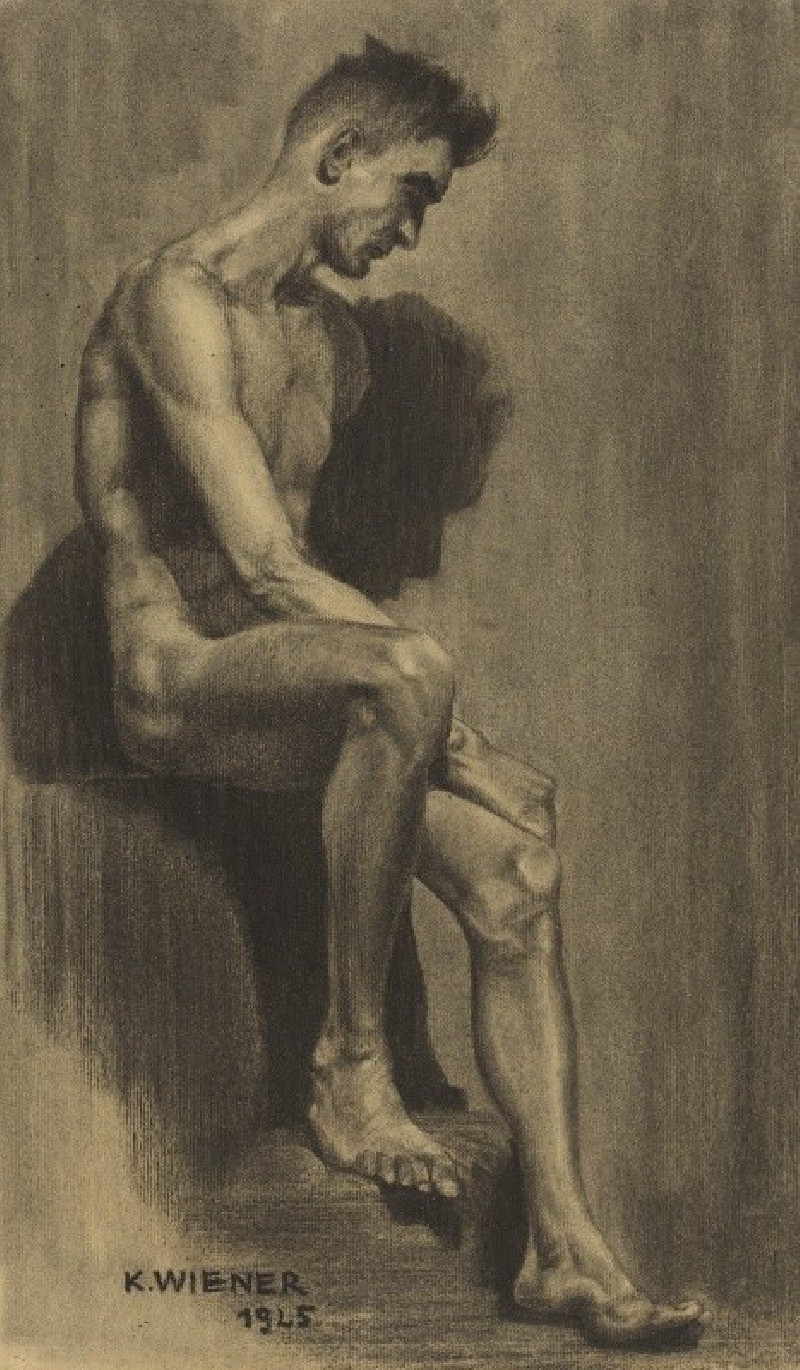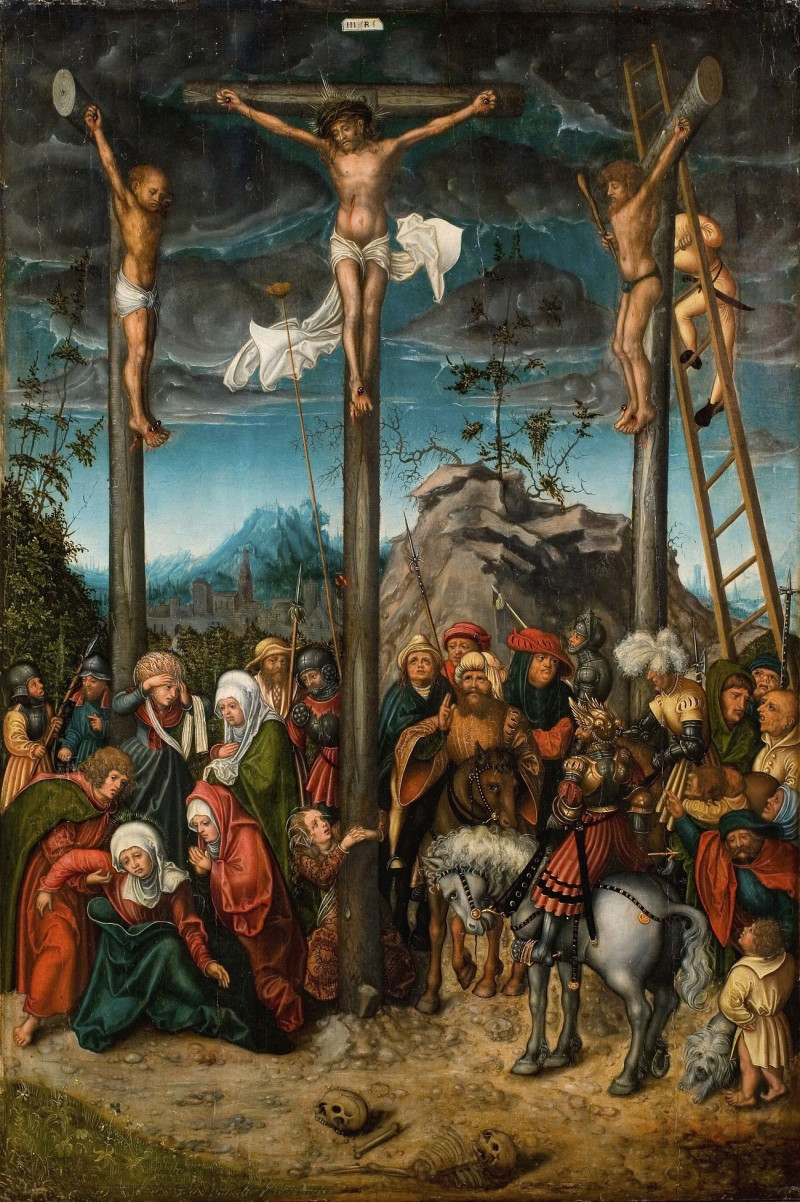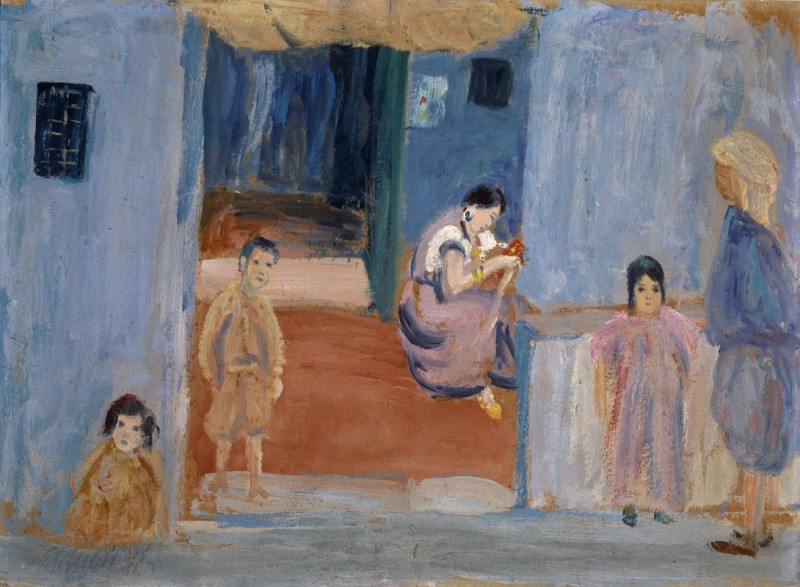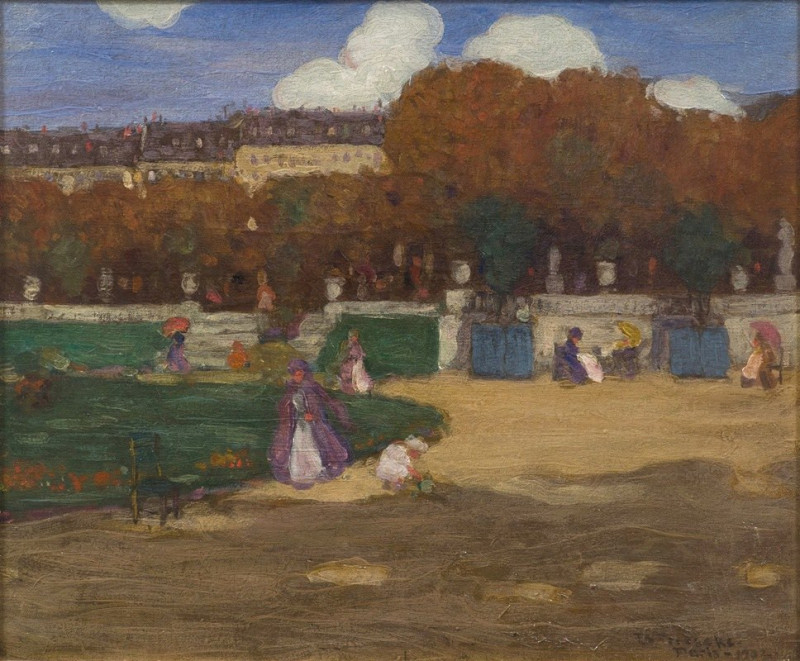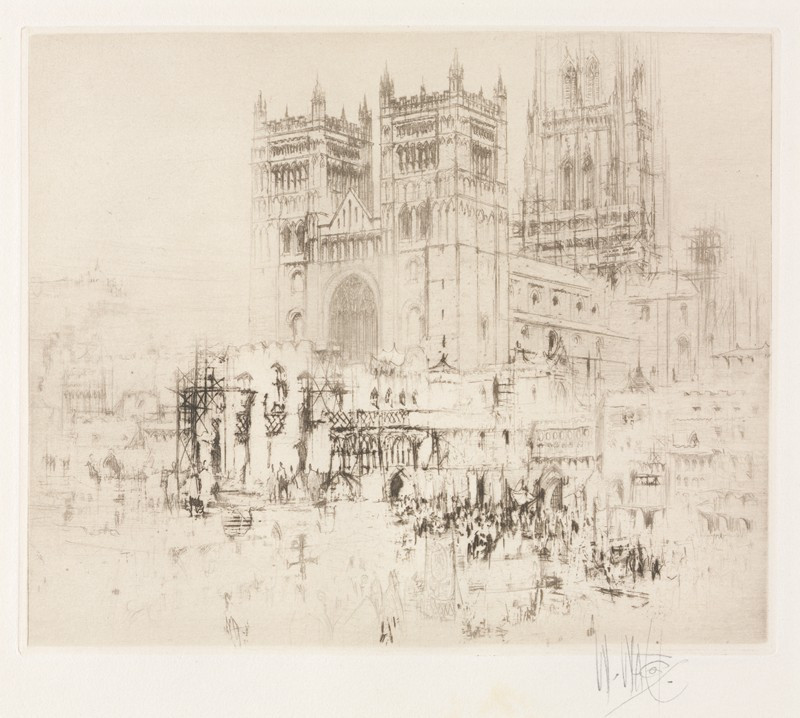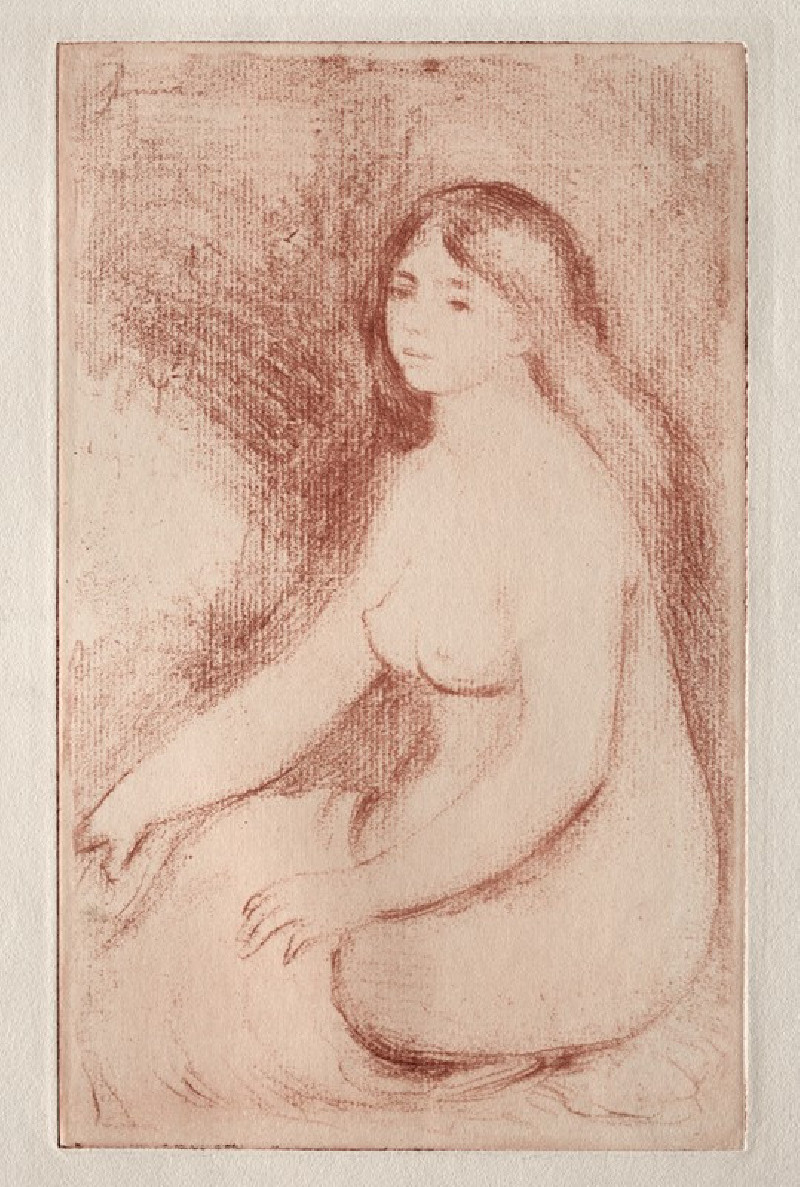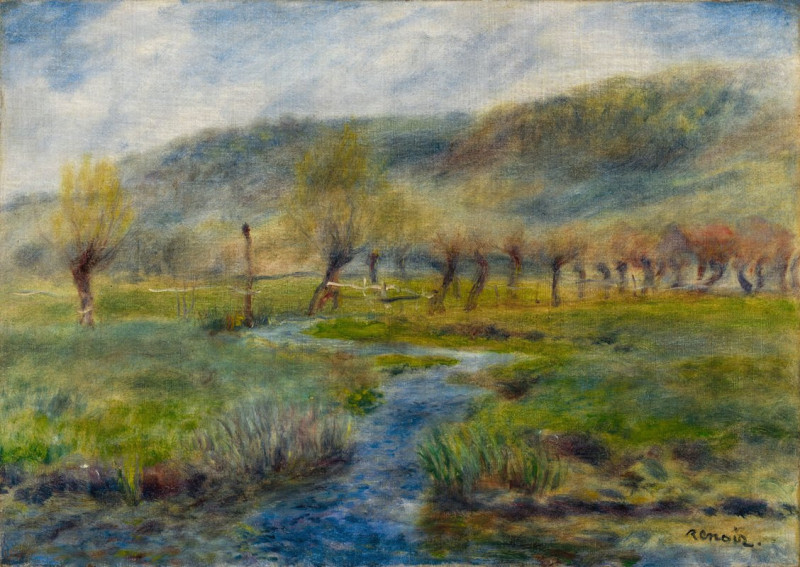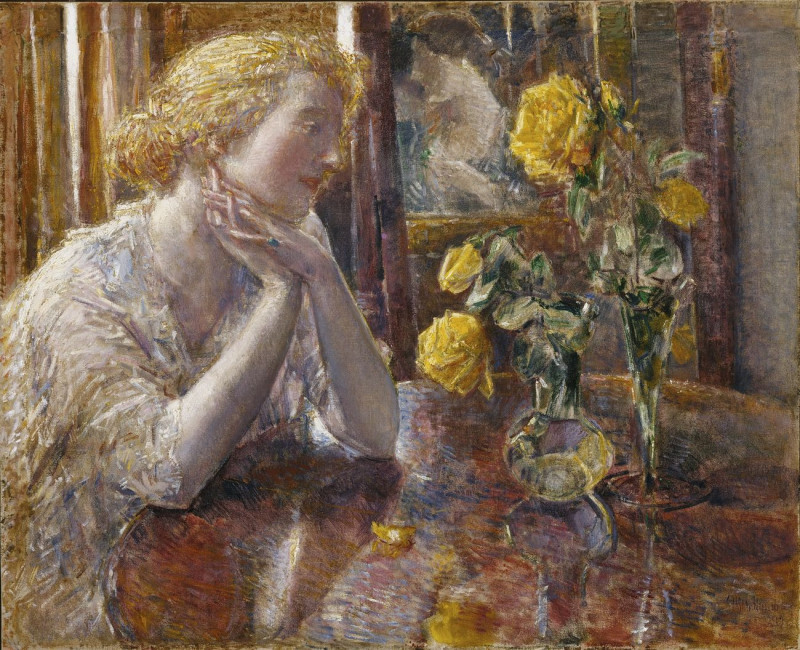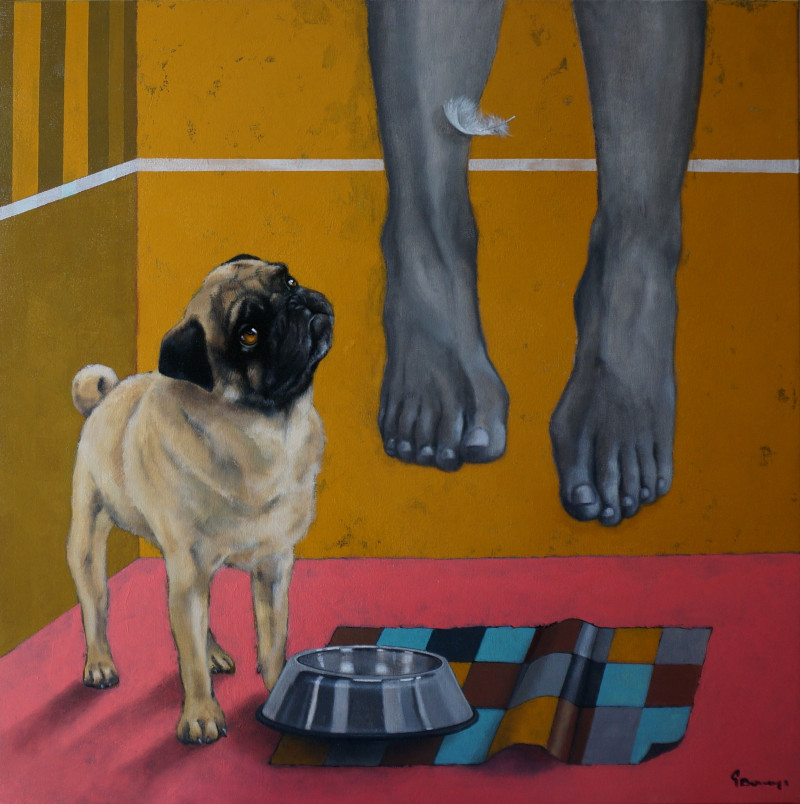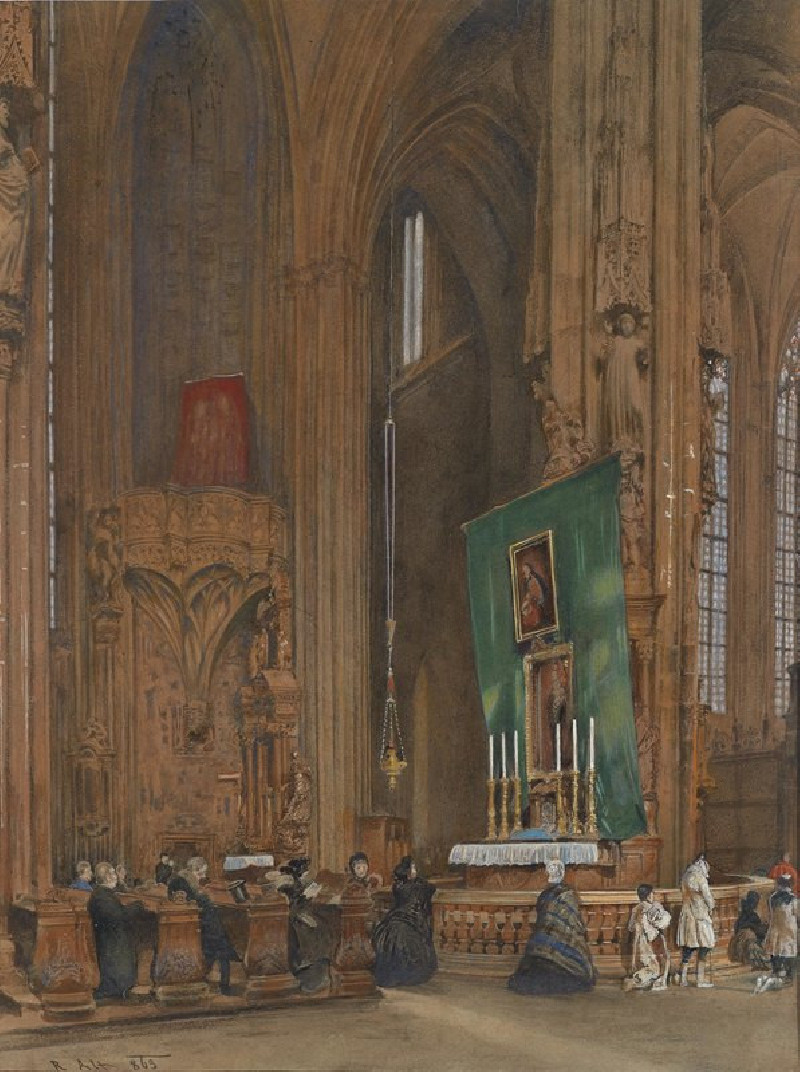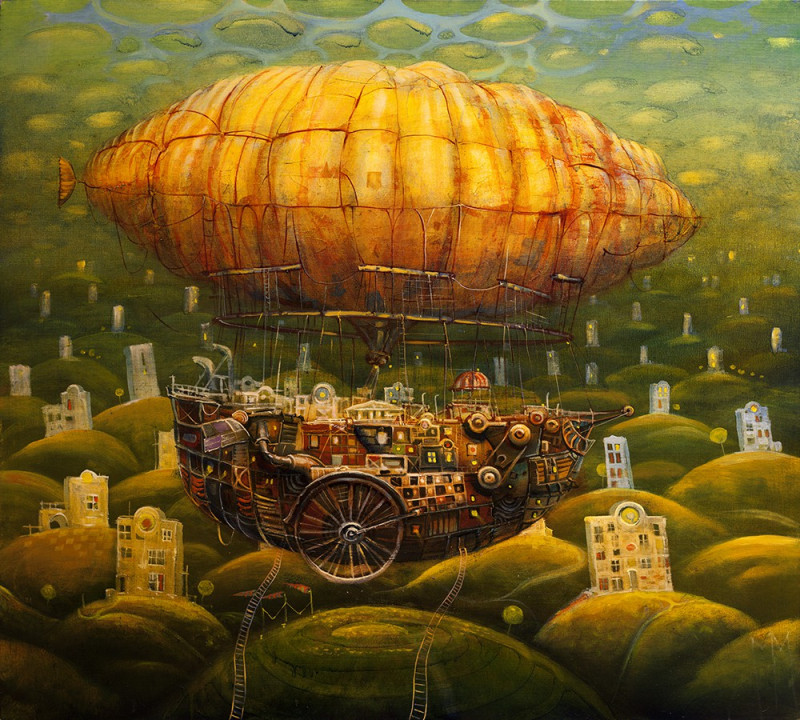männlicher Akt
Technique: Giclée quality print
Recommended by our customers
More about this artwork
Karl Wiener's "Männlicher Akt," created in 1915, is a captivating portrayal of male nudity in the art world. This exceptional painting features a male figure depicted in a seated position, exhibiting both softness and strength. The muted tones and subtle chiaroscuro enhance the introspective mood, guiding viewers to reflect on the human form and its emotional expression.In this work, Wiener successfully captures the raw physicality and quiet dignity of the male figure. His adept use of shadow and light brings out the muscular contours and thoughtful pose of the subject, evoking a sense of vulnerability and contemplation. The deeply personal and introspective aura of the painting invites viewers to ponder over the complexities of human nature."Männlicher Akt" is a masterful representation of nudes, standing out for its emotional depth and technical precision. Karl Wiener's work continues to inspire and provoke thought, maintaining relevance in contemporary discussions about body and identity in art.
Delivery
Reproductions are made to order and take 5 to 7 working days.
We send them out by courier and delivery takes another two working days.
If you need a reproduction sooner, please contact us - we can usually find a solution and produce it a little faster.
If you don't want to pay for postage, you can pick up your paintings at our galleries in Kaunas or Vilnius.
Returns
Yes, reproductions can be returned.
If you have any doubts more than 30 days after the date of purchase, please contact us - we will take the reproduction back for a refund or offer you a replacement!
We accept a maximum of two returns per customer - please note that we make reproductions to order, so please choose responsibly.
We do not refund shipping expenses.

